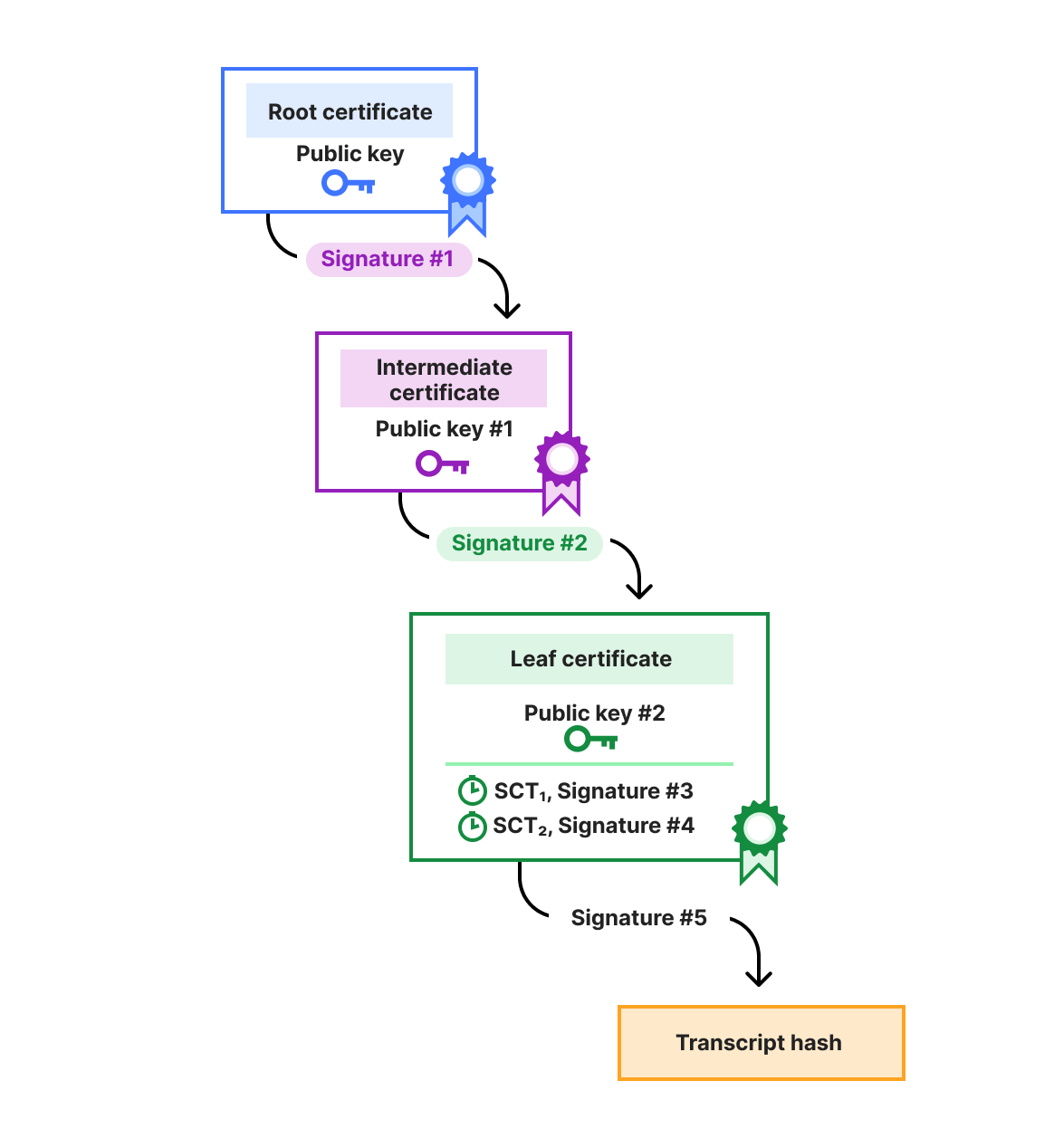On August 29, 2024, CISA announced the launch of a new cyber-incident Reporting Portal, part of the new CISA Services Portal.
“The Incident Reporting Portal enables entities and individuals reporting cyber incidents to create unique accounts, save reports and return to submit later, and eliminate the repetitive nature of inputting routine information such as contact information,” says Lauren Boas Hayes, Senior Advisor for Technology & Innovation, at CISA.
Shortly after the announcement, Security Intelligence reported on how the portal was designed and how it differs from other cyber incident reporting structures. We noted that CISA’s biggest advantage was its ability to assist the reporting organization with response and remediation.
“Any organization experiencing a cyberattack or incident should report it — for its own benefit and to help the broader community. CISA and our government partners have unique resources and tools to aid with response and recovery, but we can’t help if we don’t know about an incident,” said CISA Executive Assistant Director for Cybersecurity Jeff Greene in a formal statement covering the portal’s announcement.
Four months later
Since the announcement in August, a lot has happened. There was a presidential election, and a new administration will take charge on January 20. The current CISA director and other political appointees will step down. The agency’s future is uncertain as of this writing, particularly regarding who will oversee it and whether its functions will be divided across different federal departments. Still, it is expected that its work will continue.
Before these changes occur, we wanted to check in with CISA to follow up on the portal’s progress and what the future might look like.
Explore cybersecurity services
Long history of collecting cyber incident reports
CISA was first created in 2018, but federal agencies have collected cyber incident reports for decades.
“The launch of the Incident Reporting Portal is a significant step forward for CISA’s ability to collect operationally relevant data from reporters in a system which is more usable for reporters,” says Hayes. “The vision for the Incident Reporting Portal is for CISA’s Incident Reporting Portal to continue to enhance the functionality of the system to enable entities to share submitted reports with colleagues or clients to facilitate more effective third-party reporting, communicate directly with CISA, and access information and services relevant to the reporter.”
The portal is expected to make compliance with the Cyber Incident Reporting for Critical Infrastructure Act of 2022 easier. This act will “require CISA to coordinate with Federal partners and others on various cyber incident reporting and ransomware-related activities” across the 16 sectors, agencies and industries deemed “vital to the health, economy and security of the community or region.”
Hayes adds that while reporting under the Cyber Incident Reporting for Critical Infrastructure Act of 2022 will not be required until the Final Rule goes into effect, the agency encourages critical infrastructure owners and operators to voluntarily share information on cyber incidents prior to that date to help prevent other organizations from becoming victims of similar incidents.
“Sharing information allows us to work with our full breadth of partners to help prevent attackers from compromising other victims using the same techniques,” says Hayes. “Sharing information can provide insight into the scale of an adversary’s campaign.”
Why reporting is vital to overall cybersecurity
While reporting cyber incidents to the portal is voluntary at the moment, all organizations are encouraged to share the information. If they feel the need, they can do so anonymously. As cyberattacks and nation-state threats become more sophisticated and increasingly target critical infrastructure industries, sharing this information with CISA allows the agency to help other organizations prepare for emerging threats and implement preventive measures before the damage is done.
“Isolating cyberattacks and preventing them in the future requires the coordination of many groups and organizations,” CISA explained. “By rapidly sharing critical information about attacks and vulnerabilities, the scope and magnitude of cyber events can be greatly decreased.”
And it isn’t just CISA that uses this information. According to the U.S. Government Accountability Office (GAO), 14 federal agencies are responsible for protecting critical infrastructure from cyberattacks, many in unexpected ways. For example, TSA, which handles airport security screening, is also responsible for safeguarding the country’s gasoline pipelines.
“Entities representing critical infrastructure owners and operators told us there are great benefits in getting information about threats from federal agencies,” the GAO reported.
What comes next
Despite a changing presidential administration, CISA is moving forward. It is planning a future designed to keep the critical infrastructure safe from cyber threats, which, in turn, will provide a layer of protection for the nation’s citizens and businesses.
“Sharing information allows us to work with our full breadth of partners so that the attackers can’t use the same techniques on other victims and can provide insight into the scale of an adversary’s campaign,” Jeff Greene was quoted in Federal News Network. “CISA is excited to make available our new portal with improved functionality and features for cyber reporting.”
As for the Incident Reporting Portal’s future, Hayes says, “In the future, we are planning to implement additional features that will take time to develop and incorporate user feedback. Our user experience team is actively working to get feedback on how we can improve the system over time.”
The post CISA’s cyber incident reporting portal: Progress and future plans appeared first on Security Intelligence.


